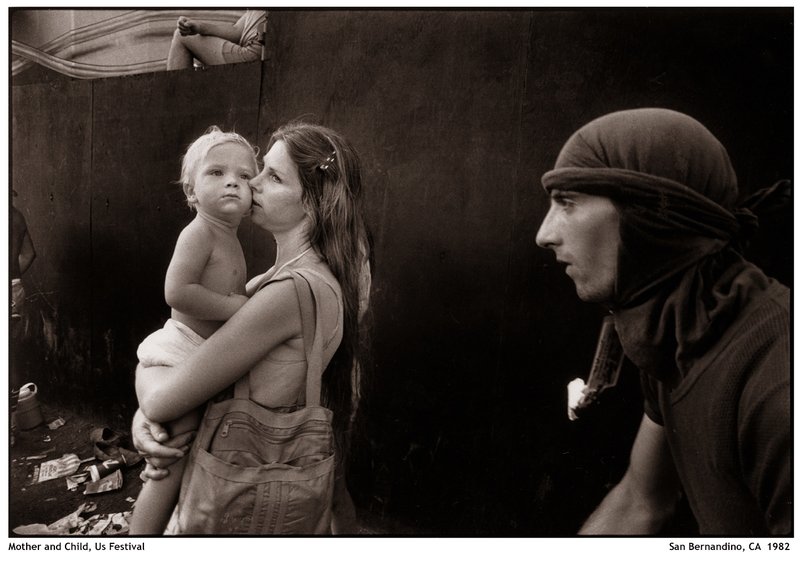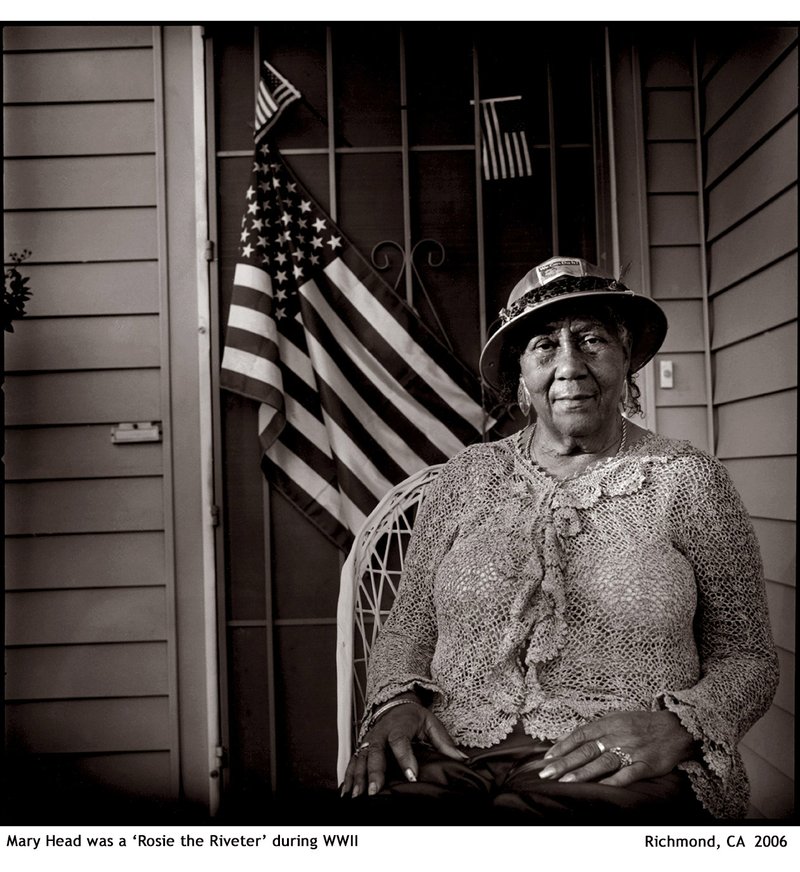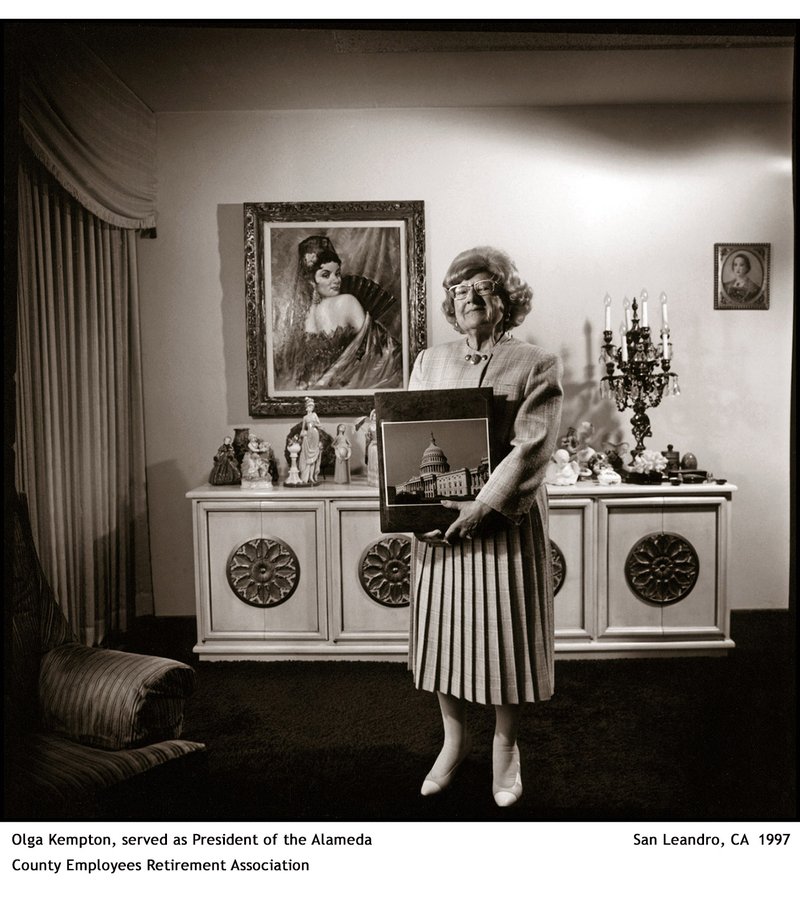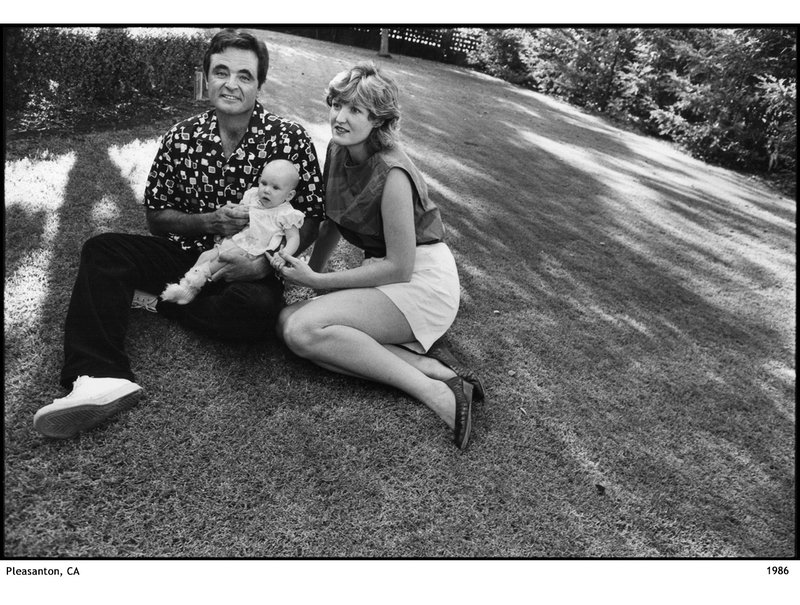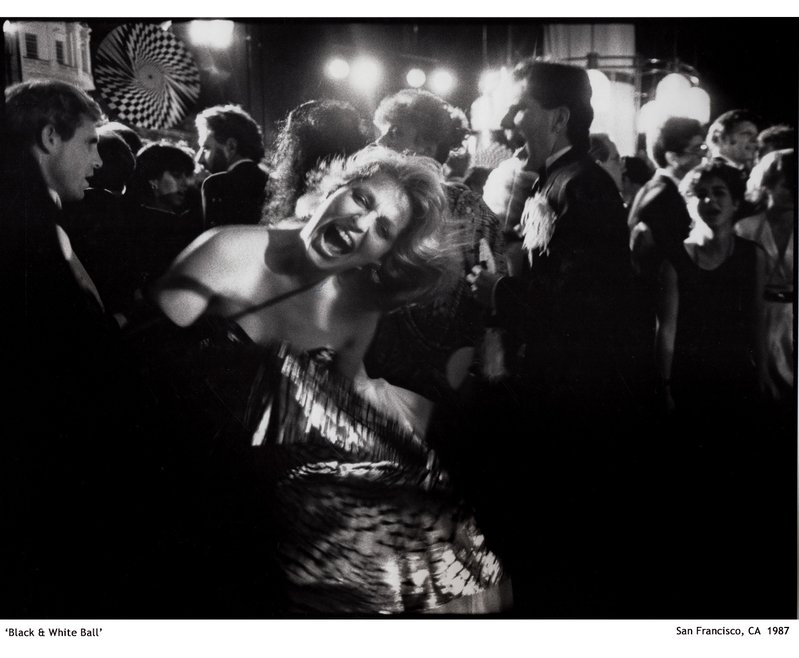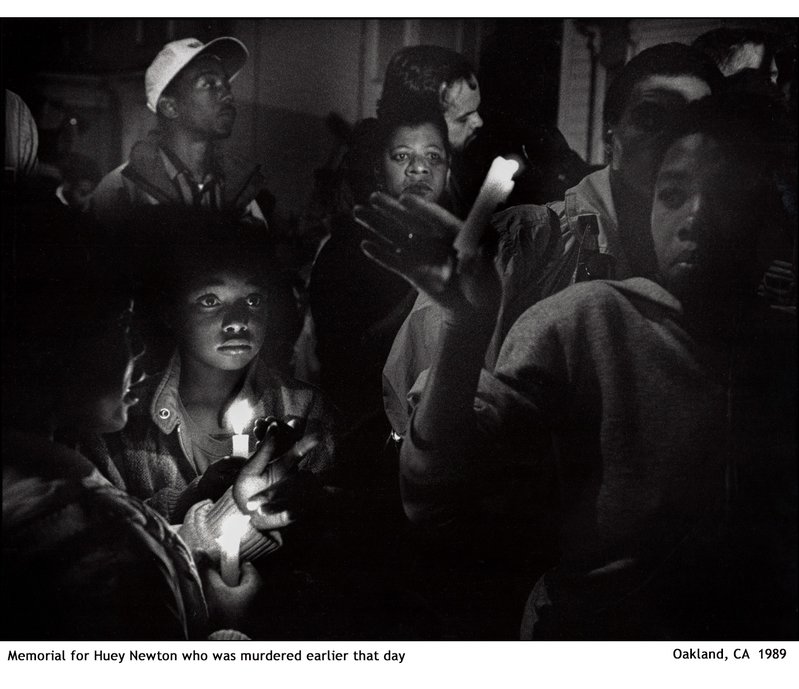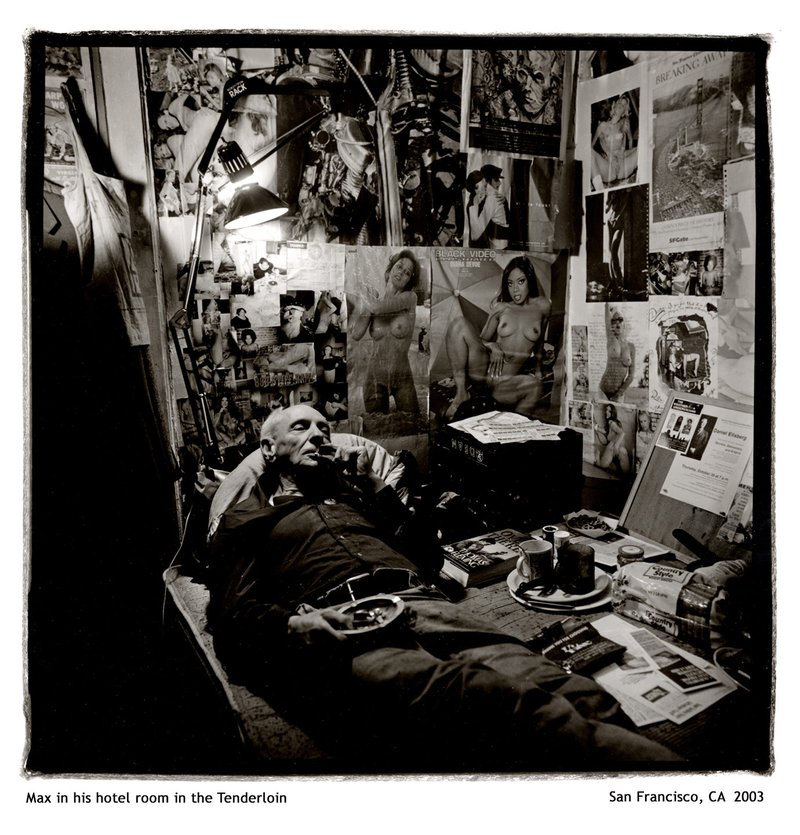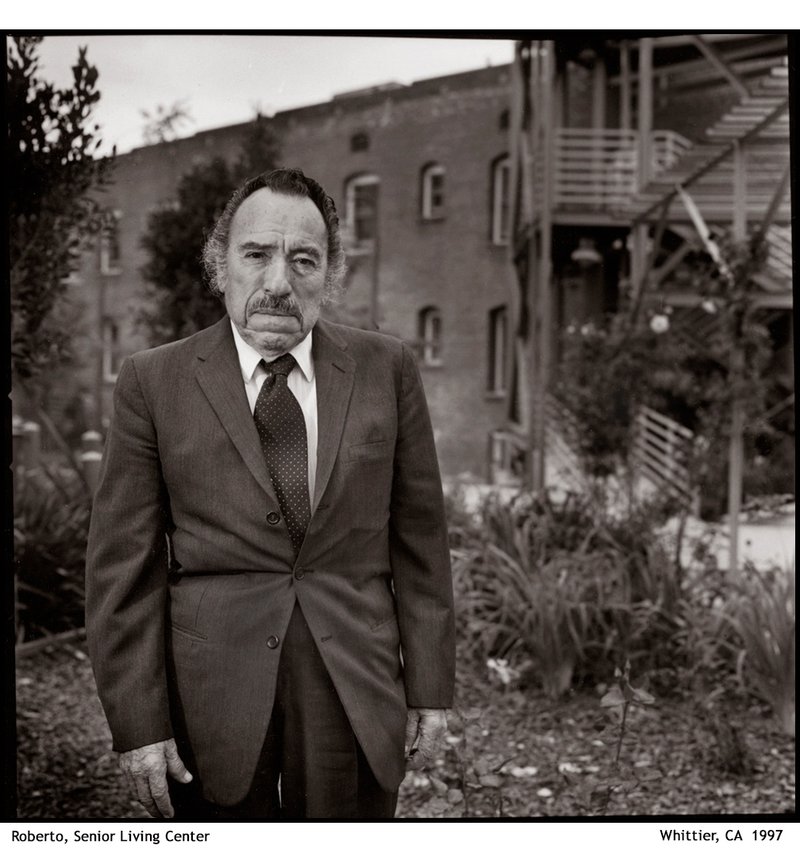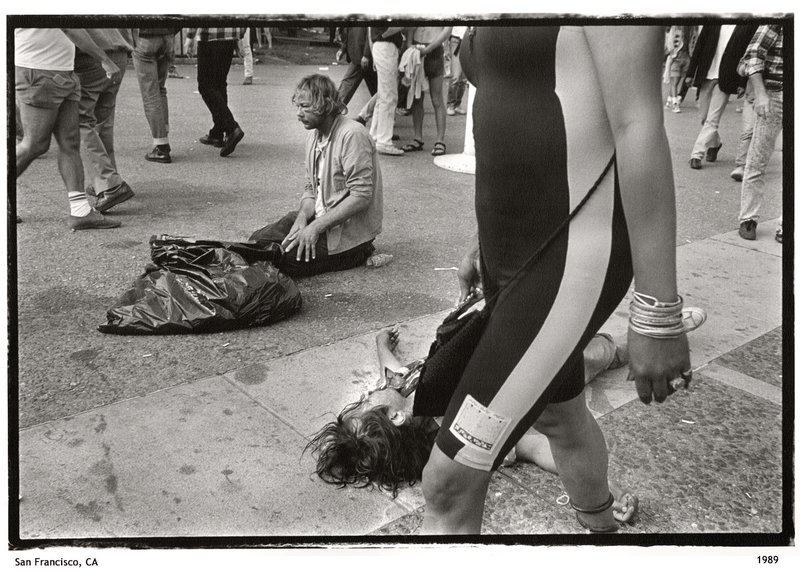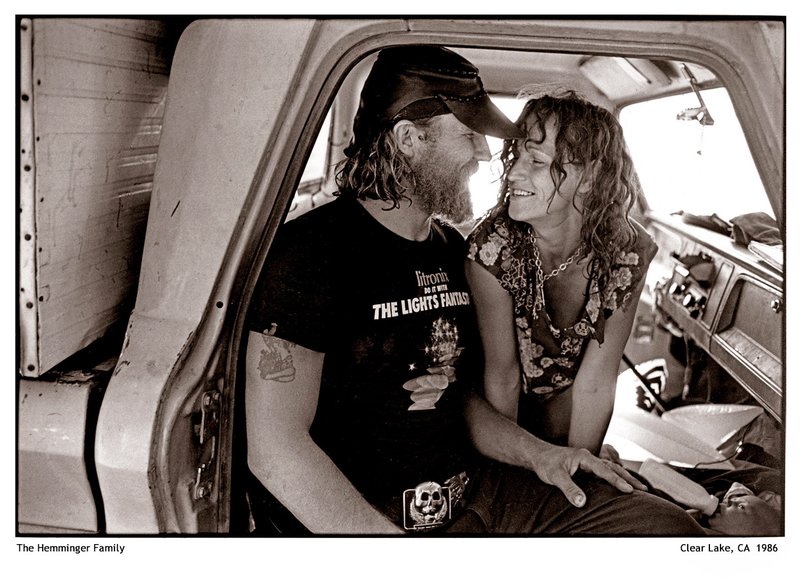Saul and Sandra: Our American Portraits
Our American Portraits: 1978-2006
We've been together for over 35 years now, having raised our two sons and working as a photography team on documentary projects and with our editorial and commercial clients. Our backgrounds are vastly different and contributed greatly in creating this documentary photo essay - I (Saul) am a Jewish immigrant from Israel who came to the USA when I was nine years old. I often felt like an outsider in American society. My parents achieved their American dream when they ran a series of small businesses in Los Angeles. Sandra grew up in the suburbs in Hayward, CA., a working class city in the San Francisco Bay Area where her parents were teachers.
On Sandra’s first day of work at the Hayward Daily Review in the San Francisco Bay Area, I showed her the ‘American Portraits’ photo essay that was taking shape at that time. I was obsessing over and trying to make sense of it. It was a blessed moment, as we connected on that light table because Sandra also had her own ‘American Portraits’ photo essay that she was working on.
This project is the blending of our experiences and visions of America, our observations and interpretations - our social commentary that many years later has evolved into what we see as this nostalgic journey, a narrative for many people about their longing for home, community, and family values of long ago. Most of these photographs were taken in the 1980s and 1990s, revealing an America people in some regions of our divided country yearn for today, a country of seemingly simpler times, of opposing values and cultures, and of inequalities.
These are images that captured what we had witnessed in our communities with our families and friends and through our observations of daily life in work and leisure with our bias and political views - scenes of people doing their best to get through the day, an America where people, often white and wealthy, felt entitled to have a life of excess and privilege, while a great many people struggled just to survive.
These scenes are of people who lived in small rural towns and in the larger cities mostly on the left and right coasts, each group with their own hopes and dreams - each group with it's own rhythm, it's own pace of life and traditions, and with American values that are often vastly different from one another.
-Saul

